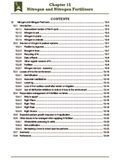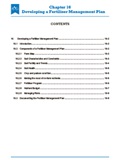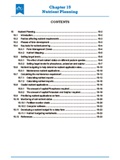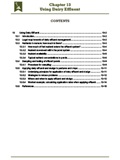Fert$mart Chapter 1 - Planning
29 June 2021
-
Fert$mart Chapter 1 - PlanningPDF, 479.71 KB
The Fert$mart Planning Cycle was developed primarily as a guide for farm advisors to step through the planning process and to prepare a soil and fertiliser management plan for dairy farmers. It can also be used by dairy farmers who have a sound understanding of agronomy and soil fertility. The process consists of seven steps designed to be repeated annually to update and fine-tune fertiliser management, and it brings together information from all other chapters in this manual. The process aims to make fertiliser more profitable by managing soil condition and the targeted use of fertiliser.
This chapter forms part of the Dairy Soils and Fertiliser manual. Find out more at Fert$mart.



